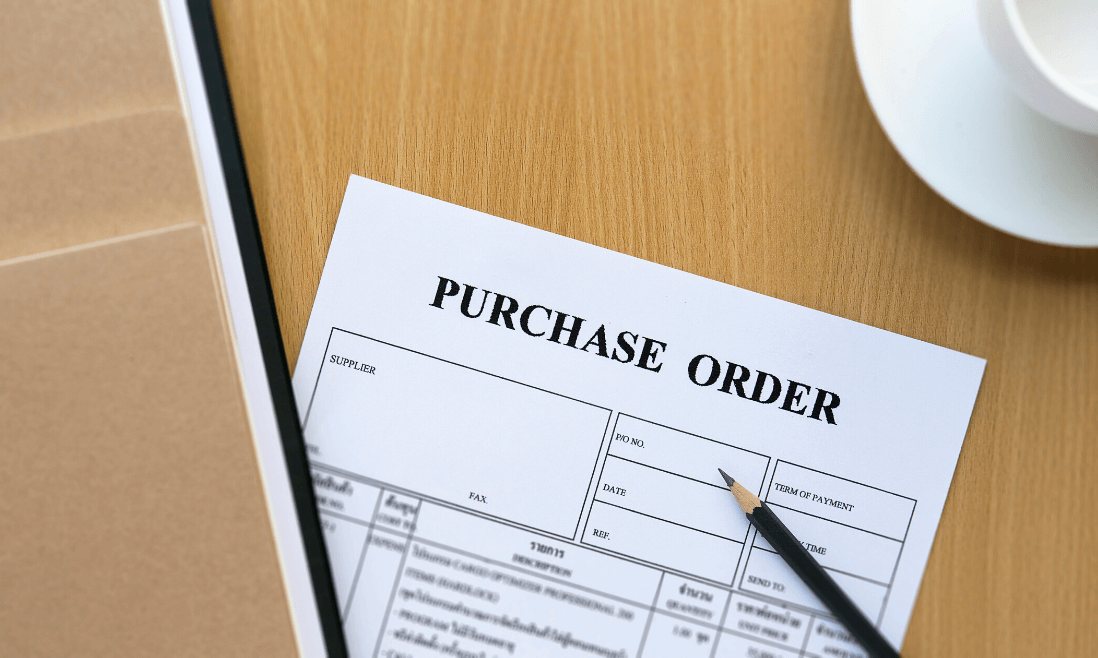Purchase orders are essential for all business activities. However, “What is a purchase order” and “How can a business effectively handle one” are still tricky questions for many new business owners or those intending to start a business. Don’t worry. This article will answer all your questions about a purchase order.
Contents
What Is A Purchase Order?
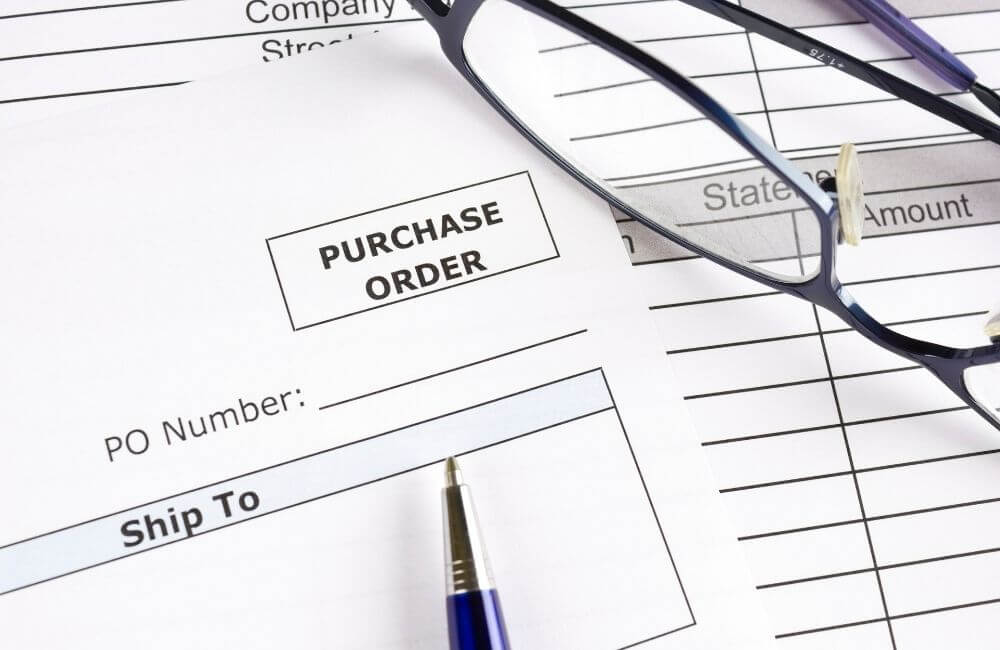
A Purchase Order (PO) is a legally binding document created by the buyer and submitted to the seller.
The POs help businesses keep track of their purchases – quantity, cost, payment time, as everything will be listed on the invoice and packing slip. They are also crucial for monitoring inventory levels since they follow the number of items and delivery times. This makes them an essential part of the record and minimizes the risk of supplier error.
PO is beneficial to suppliers as well. They should have time to prepare the products and receive timely and accurate payments as the purchase order number matches the invoice and packing slip.
How Does A Purchase Order Work?
1. The buyer creates a purchase requisition
First, management informs your company’s purchasing department that an order must be made. The company sent this document to the purchasing department to track ordered goods.
2. The buyer creates an order
An order is created when the goods to be purchased are agreed upon. PO lists order date, FOB shipping information, discount terms, buyer and seller names, description of the item purchased, item number, price, quantity, and PO number.
3. The seller accepts (or rejects) the order
A buyer sends the order to the supplier, who decides if they can and want to fulfill the order. It becomes a legally binding contract for both parties once an order is accepted.
4. The buyer records the purchase
The buyer pays the agreed price (or an agreed date specified on the order)—the supplier ships the purchase order with an invoice. The buyer’s finance department then compares this invoice with the purchase order to ensure that the two documents are consistent.
The supplier will deliver the products on the stated date, and the buyer will pay them. Both sides must fulfill the PO accordingly.
Types of purchase orders
1. Standard purchase orders (single-use purchase order) – This order agreement remains in effect until the buyer receives all items.
It is used for irregular, rare, or one-off collections. It contains complete purchase specifications detailing price, quantity, payment, and delivery times.
2. Planned purchase orders (Pre-order) – similar to the above, but this is usually a longer-term agreement that does not include a delivery date that allows the buyer to predict future demand
All necessary information must be presented in planned order, e.g., details of goods and services and their costs. A release will be issued to confirm the delivery schedule when delivery information is set for particular items.
3. Blanket purchase orders – Larger companies can use blanket orders to track all items ordered for a specific department or project. A blanket order may or may not contain the pricing.
This purchase order is typically used to repeatedly purchase specific items from a supplier, such as B. primary materials and consumables.
4. Contract purchase orders
Contract purchase orders are used to create agreements and delivery terms between buyers and sellers as the basis for an ongoing business relationship. To order products, the buyer may refer to the contract order in the case of a standard purchase.
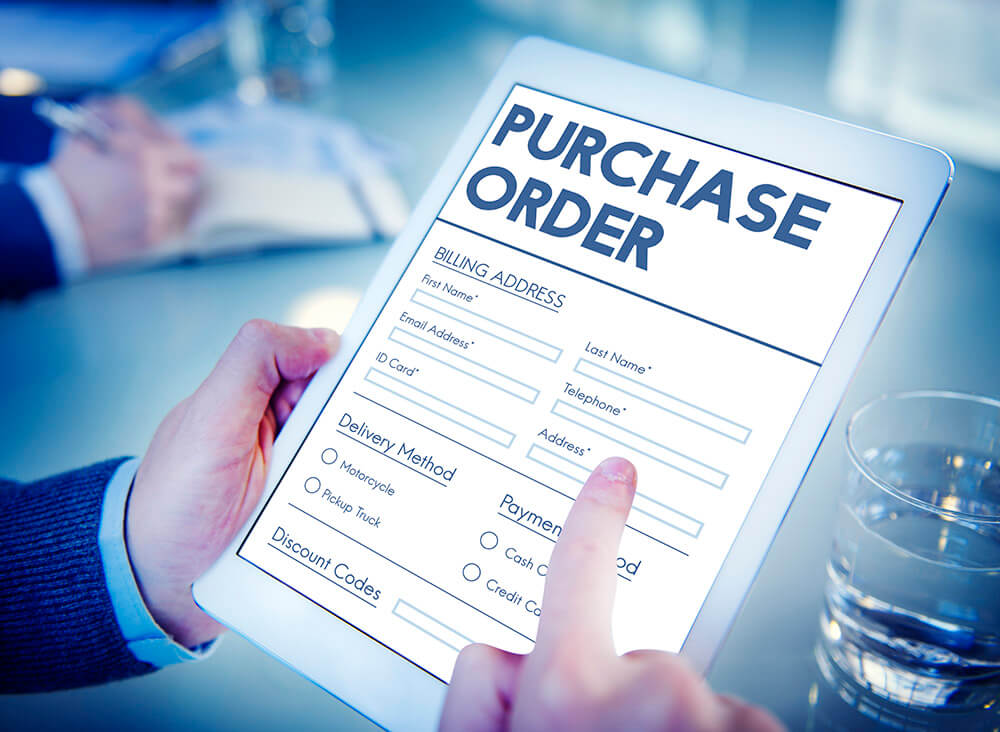
Benefits Of Purchase Orders
1. Avoids duplicate orders
When a company expands its business, purchase orders can help track what is ordered and who ordered it. Even if the buyer has ordered a similar product, it can be challenging to check the invoice. The order is used as a check for the invoice to be paid.
2. Keeps track of incoming orders
This may seem obvious, but a well-organized ordering system simplifies inventory and shipping management by making it easy to see what products are coming in at any time.
3. They ensure clear communication
At its core, the order communicates all the purchase details. You can avoid potential future conflicts or confusion by clarifying, explaining, and documenting every segment.
4. Serves as legal documents
If there is a dispute over the order or the agreed price in future transactions, the order will serve as an enforceable legal document. Most importantly, they protect both parties.
Drawbacks Of Purchase Orders
1. More paperwork
POs create additional paperwork, which can be annoying for smaller purchases and time-consuming for smaller teams.
2. It might be replaced easily
Although they don’t act as a legal contract between the vendor and the supplier, credit cards can replace POs to help record purchases.
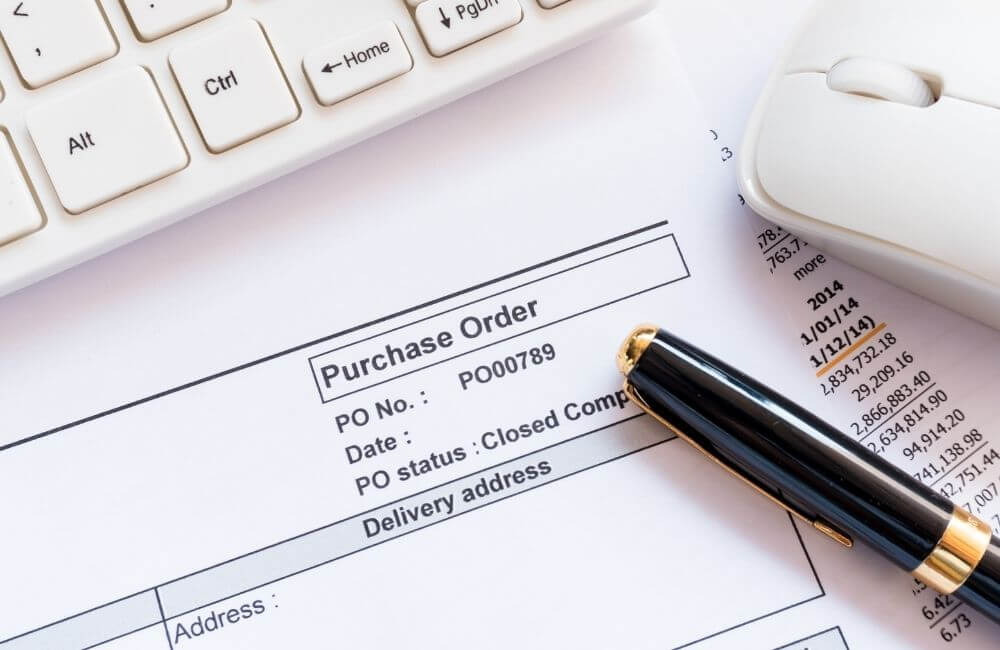
What Does A Purchase Order Contain?
- Purchase order number – It allows parties to match demands to shipments and invoices
- Buyer details – include the business name and contact details
- Shipping details – the delivery address, shipping method, date, and delivery time
- Supplier details – supplier information, with the appropriate contact details of someone in the supplier’s business who’s in charge
- Relevant terms – including payment terms and any other words, e.g., shipping arrangements.
- List of items – include category number, quantity, price, and the total.
- Description of goods and services – add context to the item list
How To Handle Purchase Orders Effectively In E-commerce Stores?
1. Keep track of orders
A store owner has to deal with abundant order information each month. Targeted specification of order numbers helps track and check their status quickly.
Entrepreneurs can use the code to find a specific order and check its details quickly.
2. Allow bulk orders
E-commerce stores allow customers to order in bulk. This will help customers, especially B2B stores, purchase any number of products in one order, reducing the number of orders an online store has to manage.
3. Use a barcode and an advanced shipping notice
For all incoming shipments, buyers can provide shipping notifications with barcode labels for each product. It helps sellers instantly identify which ordered products arrive at the receiving point by scanning barcodes.
Using barcodes helps control inventory systems efficiently, as store owners can identify each item and match it to a valid order.
4. Set invoice numbers based on order numbers
It’s essential to automatically mail copies of orders, shipping information, and invoices to customers after completing their shopping spree at your store.
To easily manage the orders and invoices, the store owner needs to compile information such as the invoice number based on the order number. This makes the system easy to manage when customers pay their bills.
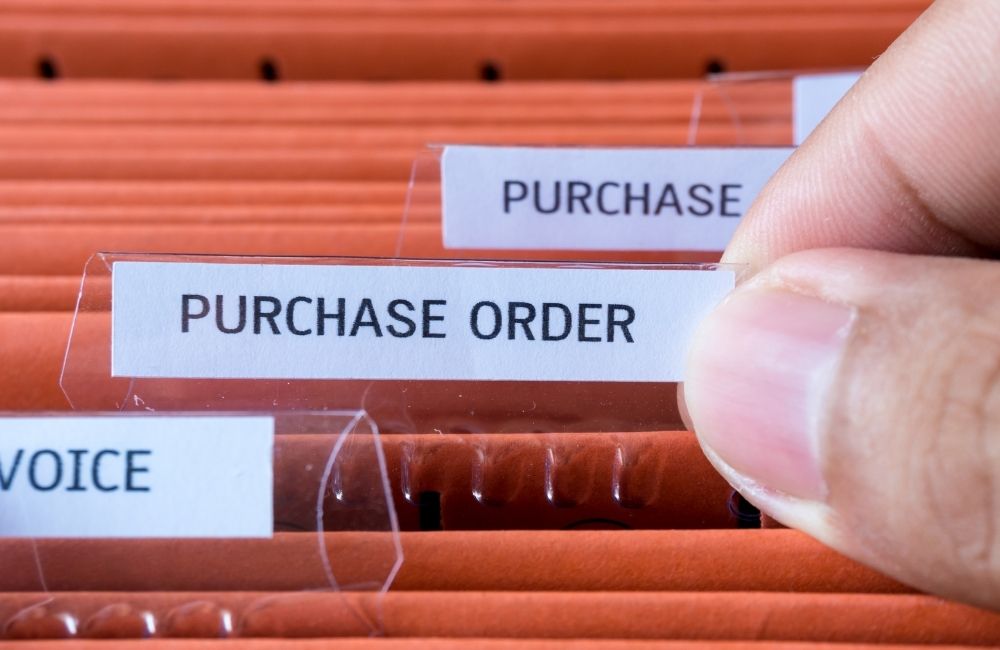
Conclusion
Everything concerning the question “What is a purchase order” has been explained. Hopefully, the article is helpful to you if you are planning to start a business.
And for store owners, remember that with the growth of e-commerce today, an increase in online orders is inevitable. You need to be proactive in managing orders effectively as this directly affects their business results.

